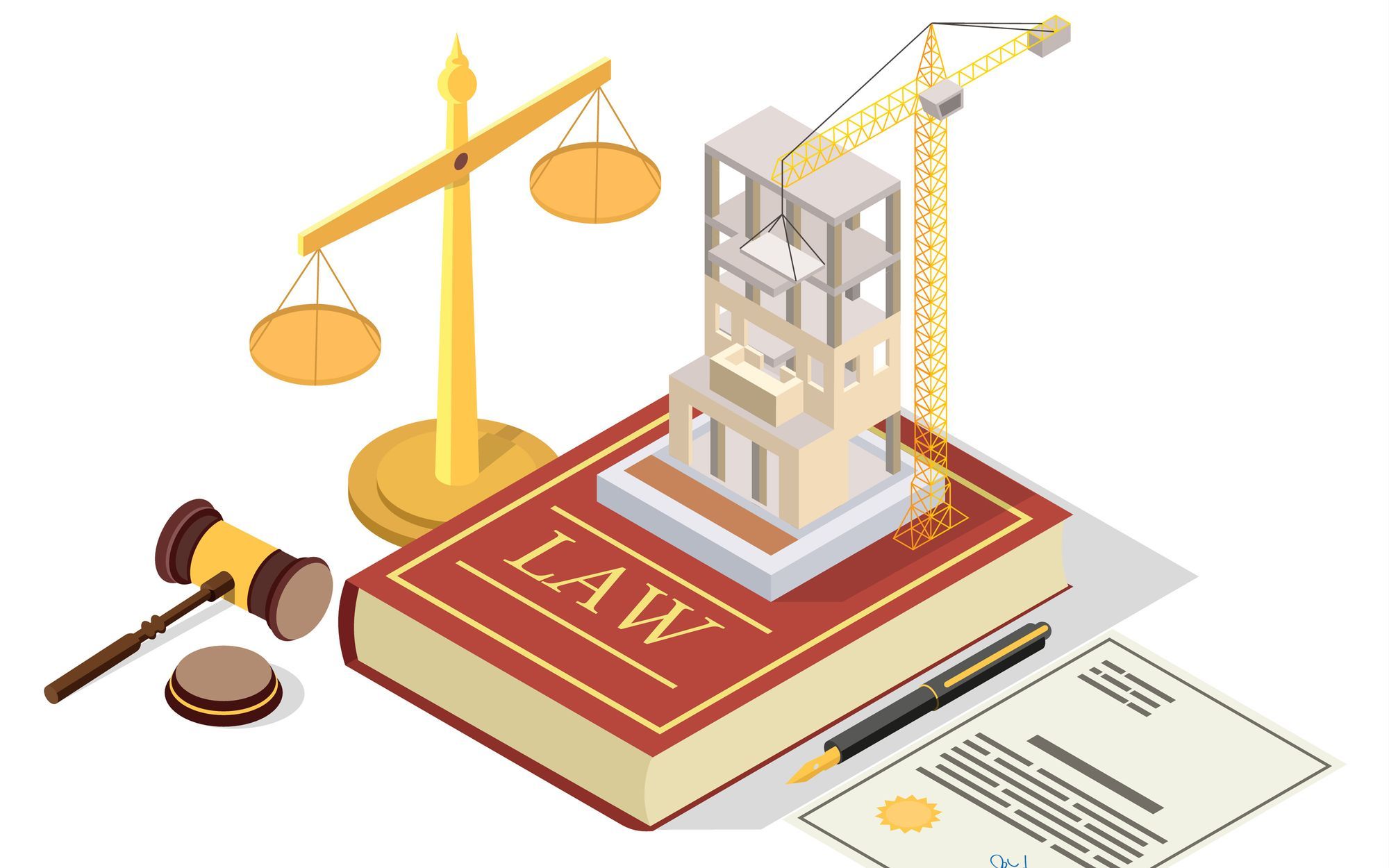2021 stands to bring sizeable change to the commercial construction industry as trends that had been on the horizon meet the impact of the pandemic. That means it will be even more important for architects, engineers, contractors and owners to prioritize revisiting their project plans as the industry adapts so that they can better reduce their likelihood of facing litigation down the line.
While many in the industry will struggle to react to the ongoing environment, building stronger contractual understanding and preparedness to adapt could be the difference in being able to complete the work and move onto the next project in a timely manner. Meanwhile, contractors are using a wider usage of technologies for improved project communication and efficiency.
In the coming year, there are seven trends will have the greatest impact on commercial construction
1. Safety Measures on Site
The continuing challenges of COVID-19 may seem familiar after all these months, but continuing to navigate safety measures on site will remain a necessity in 2021. Although the execution of parameters such as distancing, staggered shifts and proper PPE, is likely to impact projects’ cost and schedule, these measures are critical for the protection of all workers on site, and ignoring them could result in fines, shutdowns or even litigation.
2. Disputes and Bankruptcy
Not only will onsite work see the effects of the pandemic, but supply chain delays, pricing increases on materials and project funding shortfalls, to name a few, are likely to lead to claim and payment disputes. Yet, as a number of small businesses across the country have had to declare bankruptcy during this period, owners and contractors whose work has been disrupted need to be prepared for related complications to their payments and project completions.
3.Court Backlogs
The other side of that equation is that the pandemic has impacted the court system itself, with many state and federal facilities shutting down for weeks, if not months, beginning last March. This not only delayed the progress of numerous cases and projects, but created a legal backlog that has only slowly been addressed throughout the year. With parties on all sides looking to recoup the lost time and/or cost from the pandemic as well as their case, some will opt to settle to more quickly to resolve these matters.
4. Design of Air Handling Structures
In a last COVID-19-related trend, building and construction owners need to be aware of how the design of air handling structures will likely change as a result of this period. In facing an airborne virus, strong evidence shows the importance of ventilation air system effectiveness in reducing the transmission rate of infection in sort of a “dilution as a solution to pollution” approach with a finite indoor biological point source. Yet, increased ventilation air quantities will also increase equipment sizes and operating energy costs for heating and cooling. This should increase the attention to, and consideration of, dedicated outdoor air systems and demand-controlled ventilation so that the quantity of ventilation air supplied is responsive to the population being served.
5. Prefabricated or Modular Construction Techniques and Assemblies
With eyes to the future, the implementation of new designs and materials will begin to have a greater impact on projects. Already, more than 80% of contractors report using prefabricated or modular construction techniques and assemblies on projects, and those numbers only stand to increase. As the technology advances, these materials can greatly improve efficiency and quality control, reduce construction safety risk and, in the age of COVID-19, offer better control over workforce virus exposure due to “social distancing” and related transmission risk.
6.BIM Adoption
The construction industry has often been slow to adopt technology, but one of the more impactful ways U.S. companies are beginning to change their approach to projects is with wider adoption of Building Information Modeling, a digital process to construct more detailed 3D models for new buildings. Properly developed and implemented BIM strategies can enhance team communication, coordination and “what if” collaboration during design and construction. All of these efficiency technologies can help nip potential problems in the bud. BIM tools software can also greatly help an owner with on-going maintenance and operations – both of which will have a heightened profile in the post-COVID world.
7. Green Building
Finally, among the new projects arising in 2021, many more will highlight continued increases in green building. LEED certifications have grown by more than 69,000 projects over the last 10 years, with nine design and building categories in which a project can earn points toward LEED recognition from the U.S. Green Building Council. Green buildings often focus on a better Indoor Environment and “wellness”’ of the occupants. In the COVID-19 context, that focus area is a natural fit for reducing potential paths of transmission. Verification of performance will take on an even more significant presence on the green building stage.
Although every project faces a unique set of circumstances, the impacts of these seven areas are likely to be felt across the board. Stronger preparedness and flexibility can go a long way in helping mitigate the risk of litigation and find greater success in the coming year.







